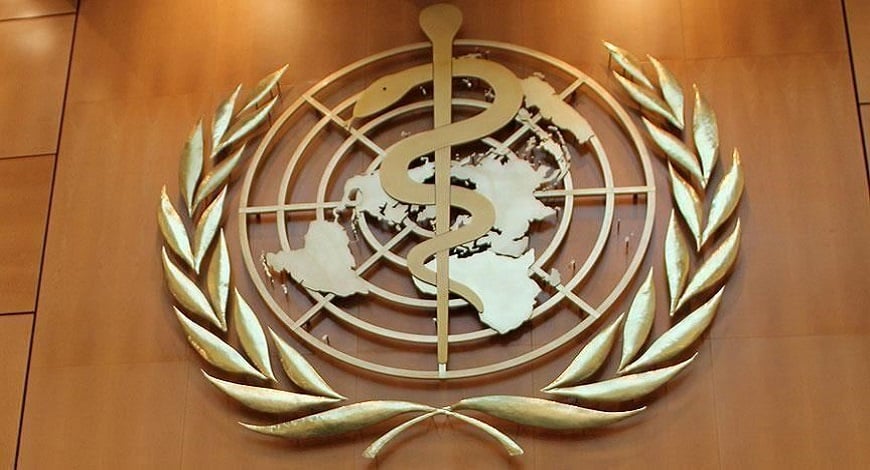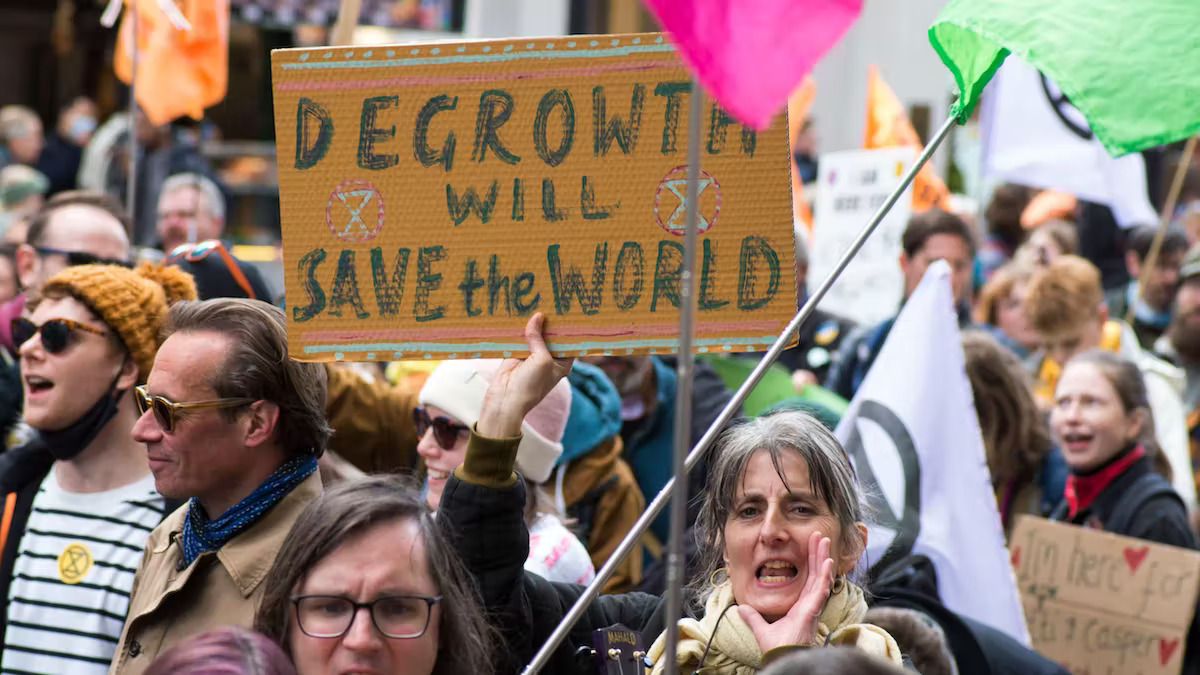As the world reels under the worst climatic changes, we delve deeper into the factors causing climate changes and extreme weather events, which have only increased significantly in the last 50 years, and the ways to mitigate these changes.
In one part of the world, the United States, devastating hurricane Ida and floods were claiming lives, while in another part, Syria and Iraq, people were facing the worst water crisis due to drought and record low rainfall. Not to forget the wildfires ravaging Turkey and Greece and burning acres of land. All these events occurring in just a few months are an eye opener and prove that climate change is real, rapid and dangers are imminent.
The latest report by the Intergovernmental Panel on Climate Change (IPCC) only confirms the worrisome situation. The landmark study predicts earth temperature to reach or exceed 1.5 degrees celsius in the next two decades. If at the current temperature we are witnessing such devastating events, the destruction can’t even be imagined if the global warming of 1.5 degrees celsius takes place by 2040.
The report has clearly stated that every part of the earth is bound to be affected by the climate change, including large regions like America, Europe and Asia or the smaller islands and polar areas.
Scientists had already sounded an alarm, in 2019, ‘warning humanity about any catastrophic threat’. However, nothing much changed since then and a recent report published in the journal ‘Bioscience’ says that there has been an unprecedented surge in climate-related disasters since 2019.
Weather changes become frequent
Climate change and global warming are the main reasons for frequently changing weather patterns. In the 70s and 80s, weather was more stable across the globe.
“The intensity and frequency of cyclones was less because of the normal range of the sea surface temperatures. Monsoon rains over India and Southeast Asia were also following a set pattern. However, global parameters such as La Nina and El Nino were affecting monsoon rains,” said Mahesh Palawat of Skymet, private forecaster.
Climate changes cause changes in frequency, intensity, duration, and timing and can lead to unprecedented extremes.
“The average atmospheric temperature has increased by approximately one degree celsius since 1880. This additional energy is unevenly distributed and bursts out in weather extremes like extreme rainfalls, heat waves, wildfires and droughts etc,” explained M Mohapatra, chief of Indian Meteorological Department (IMD).
Human activities and climate change
It is widely known that human activities like burning fossil fuels, deforestation etc has led to where we are today. According to the IPCC report, human-induced greenhouse gas emissions are the main reasons for climate change and are responsible for approximately 1.1 degrees celsius of warming since 1850-1900.
Mohapatra explained that a rise of 1.5 degrees celsius in global temperature would lead to more heat waves. Also, warm seasons would become longer and cold seasons shorter, and the rise in the temperature will result in extreme rainfall events, intensity of cyclones etc. “If global warming rises by 2 degrees celsius then heat extremes would reach critical tolerance thresholds for agriculture and health,” he added.
However, there would be a wide variety of natural weather and climate extremes even if there were no human-induced climate changes. “A lot of weather and climate extremes are because of natural climate variability such as El Niño,” explained Mohapatra.
Ways ahead
To stabilise climate, strong and sustained efforts are required to reduce greenhouse gases emissions and achieve net zero carbon dioxide emission. Also, limiting the emission of greenhouse gases like methane and air pollutants could also have a positive impact on the climate.
“Green energy will help mitigate the climate changes because it reduces the emissions of greenhouse gases and carbon which in turn will control the rise in global temperature and climate change. If greenhouse gases and carbon emission is reduced, then climate change will start reversing,” said Palawat.
“The changes in the frequency and severity of the extreme weather events are spatially diverse and temporally dynamic. Opportunities for managing risks of weather related disasters exist or can be developed at any scale, local to international,” added Mahapatra.
The efficient provision and service delivery can significantly reduce the impacts of weather related hazards which cause loss of life and property worldwide. The early warnings and alerts of extreme events coupled with effective emergency response systems can reduce the impact of these events.
To control climate changes, Mahapatra suggested the integration of weather, climate and related environmental information into national planning and policy development.
“Media plays a crucial part in disseminating forecasts and warnings. The constructive partnership and relationship with media is necessary for spreading information to the public,” added Mahapatra.
The future of climate change
Future changes depend a lot on the emissions pathway. The changes will be less if emissions are curtailed compared to a scenario where emissions are high. “But it will take some time to bring about positive changes and to reduce the impact of climate change. The extreme events will keep on increasing in intensity and frequency, threatening the very existence of many species across the globe,” said Palawat.
With continuous increase in greenhouse gases emissions global warming is expected to go up. The extent of expected change heavily depends on future greenhouse gas emissions and climate feedback.
Global warming is expected to cause further increases in atmospheric moisture content, more extreme heat waves, further melting of mountain glaciers and ice sheets, shifts in rainfall, further ocean warming, and rise in sea levels.
“It is very likely that heavy precipitation events will increase and become more frequent in most regions with additional global warming. At the global scale, extreme daily precipitation events are projected to intensify by about seven percent for each one degree celsius of global warming (high confidence),” said Mohapatra.









